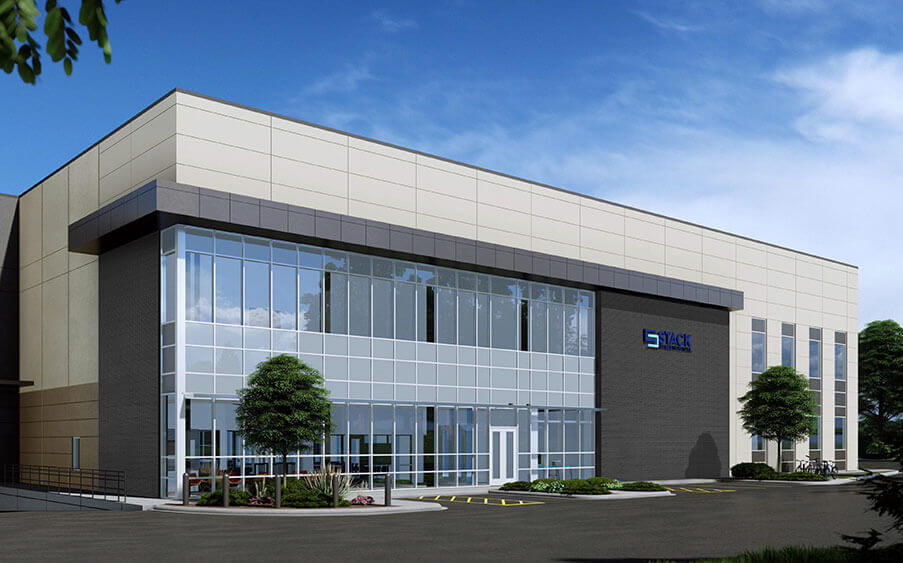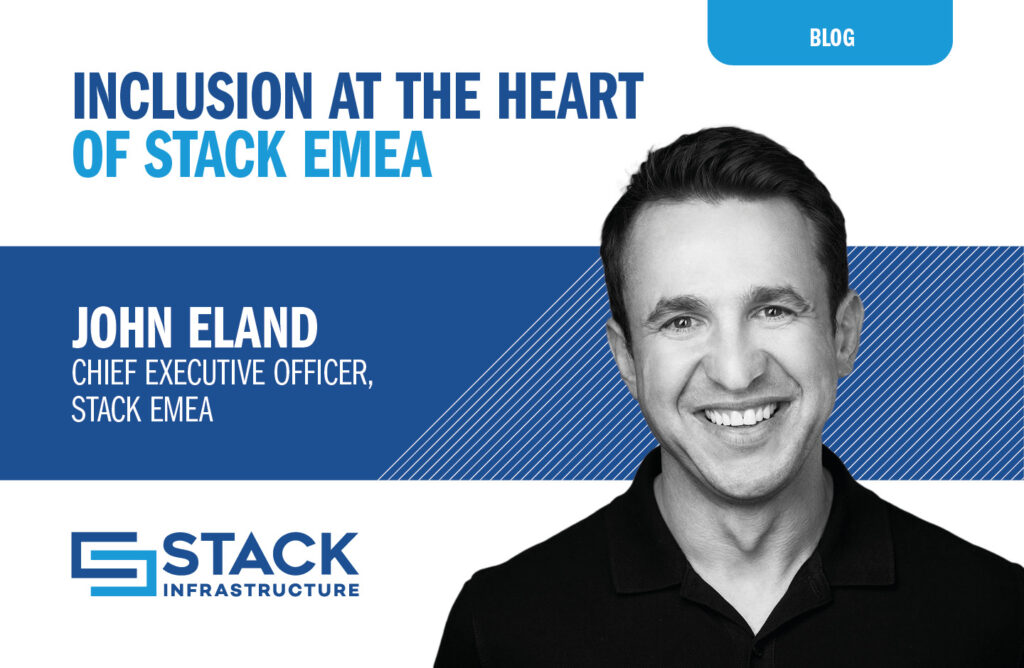How speed-to-market is transforming data center design and construction.

They say good things come to those who wait. But in the data center space patience isn’t a virtue, it’s lost money. Like most people in the Digital Age, data center tenants and operators want the capacity, compute, and floorspace to operate and expand their businesses — and they want it faster than ever.
As recently as a decade ago, data center design and construction processes took an average of 18-24 months. And while standardized designs and advances in capacity planning strategies have helped data center developers bring new facilities online in approximately 12-18 months, future operators and customers will expect move-in ready facilities in as few as six months.
The continued rapid growth of the data center industry — at least 6% increased spending in 2021 and hundreds of new projects in the pipeline — has only intensified the focus on and expectations of how quickly new facilities can be brought online. In response, data center developers are increasingly looking for new strategies for delivering bigger and more powerful data centers, faster, and at lower overall costs.
Prefab and pre-planned are keys to success
When Henry Ford pioneered the assembly line in the early 1900s, he did so with the intention of leveraging economies of scale and standardized processes to deliver new cars to the market faster and more cost-effectively. A century later, the data center industry has gone back to basics — and back in time — to find ways of accelerating data center delivery, while managing costs and quality.
Pre-fabrication is fabulous
One of the primary strategies data center developers can use to accelerate time-to-market is pre-building the core infrastructure of the facility ahead of time. Much like the modular design strategies used in homebuilding and common manufacturing operations, many foundational elements of a data center can be pre-manufactured for simpler, just-in-time delivery.
Specifically, developers can start with a powered shell — buildings with completed exterior construction and available power and connectivity — and avoid costly and time-consuming build-out by leaving the interior as raw space to be finished by the tenant with their own components and equipment, or owner-furnished contractor-installed (OFCI).
Like a manufactured home or spec homes in new subdivisions, powered shells offer virtually everything but the proverbial kitchen sink. Tenants only have to select the final details — the metaphorical fixtures and finishings — which can greatly reduce time-to-value for customers by weeks or, in some cases, months.
Plan, plan, and plan some more
While pre-building and storing data center components is a huge part of accelerating time-to-market, none of it can be done without extensive planning. This is especially the case for single-tenant enterprise or hyperscale facilities.
The tremendous growth in cloud computing in recent years and what’s projected for years to come makes it increasingly difficult for hyperscalers to adequately plan future capacity demands, resulting in them scrambling to find the land, space, and partners to bring new data centers online faster.
These massive facilities — often complete campuses spanning hundreds of acres and multiple building sites — require exponentially more planning and strategy than their smaller colocation counterparts. Finding suitable parcels of land in desirable or strategic locations demands full-time attention from land acquisition teams, especially in the current environment where prices in higher-demand locations continue to rise rapidly.
More importantly, the steps that come after land acquisition like permitting, entitlements, and utility setup tend to be the longest phases and contribute significantly to delivery timelines. Essential steps like feasibility and environmental impact studies can drastically extend build-out times and slow time-to-market.
As a result, data center developers must either look for sites with some or most of the studies complete and utilities ready to go or have a step-by-step plan for reaching “pad-ready” status (complete with dry utility and power in the ground at the finished elevation) quickly.
Today’s technologies for tomorrow’s business
STACK INFRASTRUCTURE is leading the charge among colocation and hyperscale data center developers to streamline data center development and accelerate delivery of move-in and pad-ready sites.
Like many data center providers, STACK has fully embraced a modular design approach, pre-fabricating both our powered shells and virtually all of our electric rooms. This strategy enables us to take on a factory-like approach in which we can assemble as much of the building as possible in our contractors’ offsite fabrication facilities. Factory witness testing of long lead electrical and mechanical equipment are now being done virtually whenever possible. Virtual tests eliminate costly and time-consuming travel to the manufacturing site, potentially cutting time-to-market of new facilities by weeks.
At the same time, STACK invests heavily in advanced planning so that we can deliver powered shells and turnkey-ready client space in a matter of months. A dedicated team of land acquisition specialists and civil engineers work closely with municipalities to confirm all the required entitlements are in place long before engaging a customer about the site.
Once complete, the remainder of the staff — sales, design, and construction leaders — collaborate to draw up deployment plans and contingencies that account for everything from inclement weather and seasonality to how to deal with unexpected interruptions from COVID-19, equipment issues, or other factors that have historically resulted in delivery delays.
Today’s data center tenants are under increasing pressure to dramatically reduce the time it takes for them to source the capacity, compute, and floorspace to operate and expand their businesses. In turn, data center developers also feel the pressure to deliver move-in and pad-ready sites faster than ever.
By adopting historically successful construction philosophies and combining them with modern manufacturing technologies, collaboration tools, and good old-fashioned planning, developers are well-positioned to meet the growing and rapidly changing market demands now and in the future.
By Rick Waddle, SVP of Development
Download our recent guide on the latest trends in data center design to learn more.
November 25, 2020




